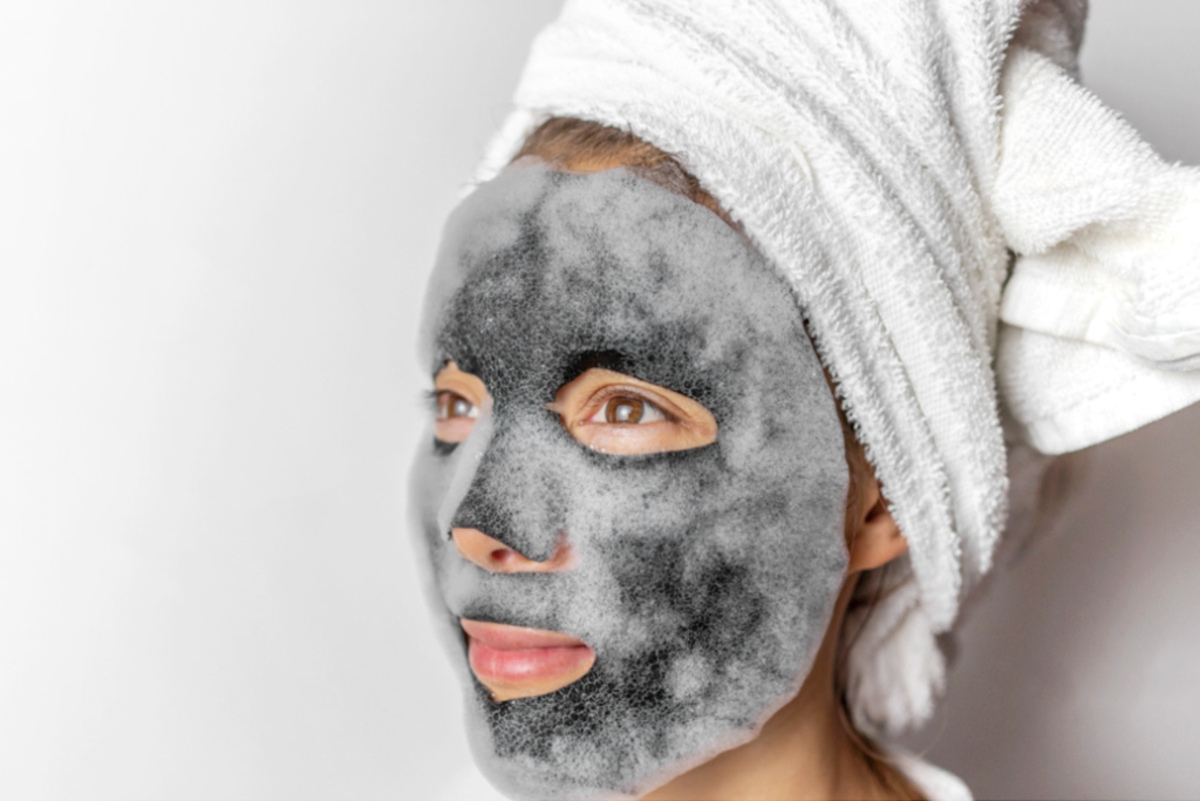
The Gluteus medius is a vital muscle located in the buttocks that plays a crucial role in our daily activities and overall movement. While it may not be as well-known as its larger counterpart, the Gluteus maximus, the Gluteus medius is no less fascinating. In fact, it is responsible for functions such as stabilizing the pelvis, maintaining balance, and supporting the body during walking, running, and standing. In this article, we will delve into the intriguing world of the Gluteus medius and explore eight mind-blowing facts that will deepen your understanding of this remarkable muscle. From its anatomical features to its role in preventing injuries, you’ll discover just how crucial the Gluteus medius is for overall body functionality. So, get ready to uncover some fascinating insights about this underrated muscle that will leave you amazed and appreciating the complex workings of the human body.
Key Takeaways:
- The Gluteus Medius is crucial for stabilizing the hips during activities like walking and running. Neglecting it can lead to imbalances and potential injury, so it’s important to strengthen this muscle.
- Strengthening the Gluteus Medius can improve posture, prevent hip and knee pain, and enhance overall body mechanics. Specific exercises like lateral leg raises and single-leg squats can target and strengthen this important muscle.
The Gluteus Medius is a Key Hip Stabilizer
The Gluteus Medius is one of the three major muscles in the gluteal group, located on the side of the hip. It plays a crucial role in stabilizing the pelvis during activities such as walking, running, and standing. Without the Gluteus Medius, maintaining balance and proper alignment of the hips would be challenging.
It is Often Overlooked in Exercise Routines
While many people focus on strengthening the Gluteus Maximus for aesthetic purposes, the Gluteus Medius is often neglected. However, neglecting this muscle can lead to imbalances and potential injury. Incorporating exercises that specifically target the Gluteus Medius, such as lateral leg raises or clamshells, can help prevent hip instability and improve overall lower body strength.
Weak Gluteus Medius Can Cause Hip and Knee Pain
A weak Gluteus Medius can result in a condition called “Trendelenburg Gait,” where the hip on the unsupported leg drops lower than the other side during walking. This can lead to hip and knee pain, as well as contribute to dysfunctional movement patterns. Strengthening the Gluteus Medius can help alleviate these issues and improve overall movement mechanics.
It Plays a Role in Postural Alignment
The Gluteus Medius helps maintain proper postural alignment and pelvic stability. By strengthening this muscle, individuals can improve their posture, reduce strain on the lower back, and enhance overall body mechanics.
It Provides Stability in Single-Leg Movements
When performing movements on a single leg, such as running, jumping, or lunging, the Gluteus Medius is responsible for providing stability and control. This muscle helps prevent excessive inward rotation and collapse of the knee, reducing the risk of injuries and ensuring efficient movement.
It Can be Targeted with Specific Exercises
There are various exercises that specifically target the Gluteus Medius. Some effective exercises include side-lying leg raises, lateral band walks, single-leg squats, and hip abduction exercises. Incorporating these exercises into your workout routine can help strengthen the Gluteus Medius and improve overall lower body function.
It Can Impact Athletic Performance
A strong and well-functioning Gluteus Medius is essential for athletes across different sports. It plays a vital role in generating power, optimizing movement efficiency, and preventing injury. Athletes who prioritize Gluteus Medius training often experience improved speed, agility, and overall athletic performance.
It Supports Proper Body Mechanics
The Gluteus Medius is a crucial muscle for maintaining proper body mechanics and preventing compensatory movements. By strengthening this muscle, individuals can enhance their movement patterns, reduce the risk of injuries, and improve overall functional fitness.
Overall, the Gluteus Medius is a fascinating muscle with an essential role in hip stabilization, postural alignment, and lower body function. Neglecting this muscle can lead to imbalances, pain, and compromised performance. By understanding and prioritizing the 8 mind-blowing facts about Gluteus Medius, individuals can take proactive steps to strengthen this muscle, optimize their movement, and enhance their overall wellness. So, don’t underestimate the power of this small but mighty muscle!
Conclusion
The Gluteus medius is a fascinating muscle that plays a crucial role in our body’s movement and stability. Understanding its functions and proper care can help improve overall strength and prevent potential injuries. From its role in hip stabilization to its impact on posture, the Gluteus medius is an essential muscle to target during workouts.
By incorporating exercises that specifically target the Gluteus medius, such as lateral leg raises, clamshells, and hip abductors, you can strengthen this muscle group, improve balance, and enhance athletic performance. Additionally, maintaining proper form during exercises and incorporating stretching routines can help prevent strain or tightness in the Gluteus medius.
Remember, taking care of your Gluteus medius is crucial for maintaining optimal mobility and preventing common issues like lower back pain and hip discomfort. So, don’t neglect this muscle during your workouts and give it the attention it deserves for a strong and healthy body.
FAQs
Q: What are the main functions of the Gluteus medius?
A: The Gluteus medius primarily functions to stabilize the pelvis during walking, running, and other lower body movements. It also plays a role in hip abduction and rotation.
Q: How can I strengthen my Gluteus medius?
A: Incorporating exercises like lateral leg raises, clamshells, and hip abductors into your fitness routine can help target and strengthen the Gluteus medius. It’s important to focus on proper form and gradually increase intensity for optimal results.
Q: Can a weak Gluteus medius cause lower back pain?
A: Yes, a weak Gluteus medius can contribute to lower back pain. When this muscle is not functioning properly, it can lead to instability in the pelvis and an increased load on the lower back, resulting in discomfort and pain.
Q: Are there any stretches that can help relieve tightness in the Gluteus medius?
A: Yes, there are several stretches that can help relieve tightness in the Gluteus medius. Examples include the figure-four stretch, pigeon pose, and seated piriformis stretch. It’s important to perform these stretches with proper technique and gradually increase the stretch for optimal results.
Congratulations on learning these mind-blowing facts about the gluteus medius! Want to discover more fascinating information? Dive into our article on physical therapy to uncover its benefits and techniques. Curious about the world of athletics? Explore our piece on sports medicine facts to gain insights into this exciting field. Keep expanding your knowledge and stay informed!
Was this page helpful?
Our commitment to delivering trustworthy and engaging content is at the heart of what we do. Each fact on our site is contributed by real users like you, bringing a wealth of diverse insights and information. To ensure the highest standards of accuracy and reliability, our dedicated editors meticulously review each submission. This process guarantees that the facts we share are not only fascinating but also credible. Trust in our commitment to quality and authenticity as you explore and learn with us.


